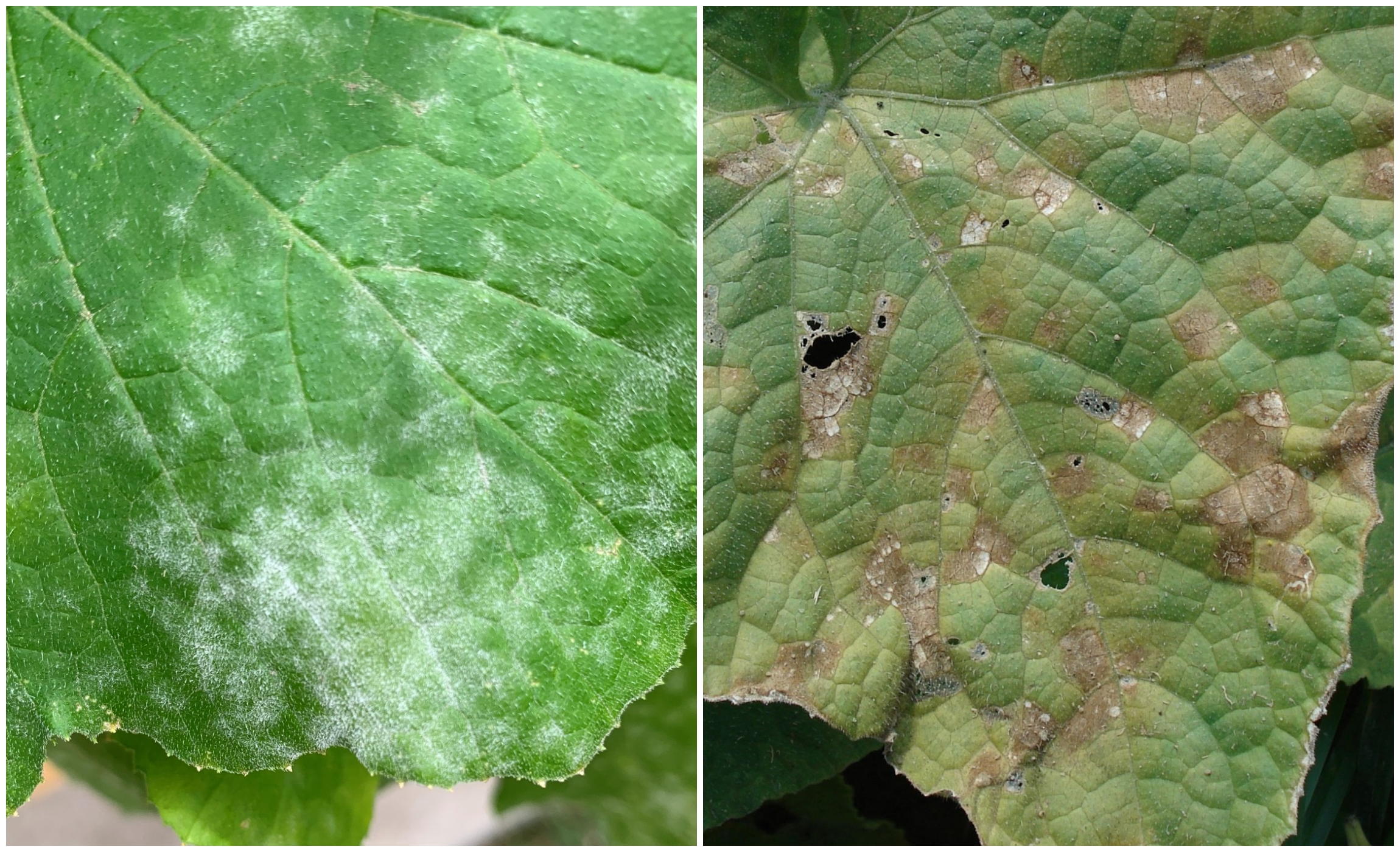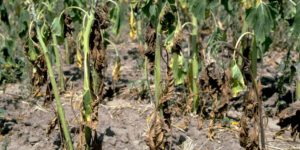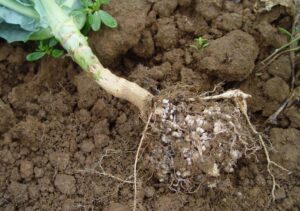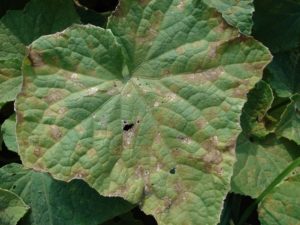Fungal diseases like black sooty mold, Cercospora leaf spot, Fusarium wilt, and Verticillium wilt can seemingly appear overnight, threatening the plants we have labored to care for. To successfully combat plant diseases such as these, it is important to identify them and treat them while they are still in the early stages. Two plant diseases that are often confused with one another are powdery mildew and downy mildew. In this post we will learn how to distinguish between the two diseases.
Powdery Mildew
Powdery mildew is a true fungal disease that is host-specific, and therefore, can be caused by different types of fungi. It is a prolific disease that can affect a wide variety of plants and thus, plagues many gardens. Some of the plants that have a reputation for acquiring this fungal disease include cucurbits like cucumbers, squashes (acorn, yellow, patty pan, zucchini, etc.) melons, (cantaloupe, watermelons, etc.), and pumpkins.
This article contains affiliate links. If you make a purchase using one of these links, I will receive a very small commission at no additional cost to you, and it will help me maintain this website. Rest assured, I only recommend products I actually like!
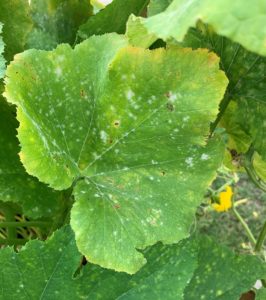
Powdery mildew spores are spread by the wind or when plant tissue comes into contact with contaminated garden tools or gloves. The spores are also spread when contaminated soil splashes onto plants. Powdery mildew prefers warm, moist conditions where it will multiply rapidly. The spores can overwinter in soil or plant debris.
Identifying this fungus is fairly easy as it is characterized by white or white-gray spots that form on the upper surface of plant leaves. Some describe infected plants as looking like they were sprinkled with baby powder. As the infection multiplies, the spots increase in size and produce a more pronounced fuzzy or powdery appearance, hence the name, powdery mildew. As the disease condition worsens, the leaves will turn yellow, then brown as if scorched and may curl upwards. The infection can spread to the entire plant. If not curbed, the disease will eventually kill the plant.
Downy Mildew
Downy mildew, on the other hand, is not a true fungus but rather a parasitic organism called an oomycete or a water mold that is more closely related to algae than fungi. This type of pathogen prefers the cool conditions of spring and fall, as opposed to powdery mildew’s preference for warm weather. But like, powdery mildew, downy mold, as the disease is also called, thrives in humid, moist, or wet conditions.
Whereas powdery mildew first appears on the upper side of leaves, downy mildew first makes its mark on the underside of older leaves. As the downy white spots grow, they take on a gray, blue, or even purple hue. The tops of the leaves will develop opposing spots that are white to yellow and which will eventually turn brown and become brittle.
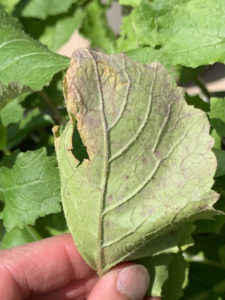
Like powdery mildew, downy mildew, if left untreated, will spread to the entire plant and beyond as the spores are also carried by wind and water, in particular as it splashes the spores in the soil onto nearby plant tissue. Cross-contamination via garden tools and gloves is also a concern for downy mildew, but like powdery mildew, it can be prevented by cleaning the tools with rubbing alcohol or a bleach solution consisting of 1 part bleach to 9 parts water. (You can learn more options for disinfecting garden tools and related items in this helpful article.)
Both powdery mildew and downy mildew can be fatal to vegetable and ornamental plants alike. Early detection, identification, and treatment can be helpful in managing these diseases. If you are interested in learning more about the specific treatment options for each of these diseases, please check out the articles on powdery mildew and downy mildew, respectively.
Fungal disease can present challenges to even the most experienced gardener, but they do not have to spell disaster. With the right information and a little perseverance, your garden can thrive!
Thank you for reading this article! If you found it helpful, please consider sharing it with others via email and on social media!
